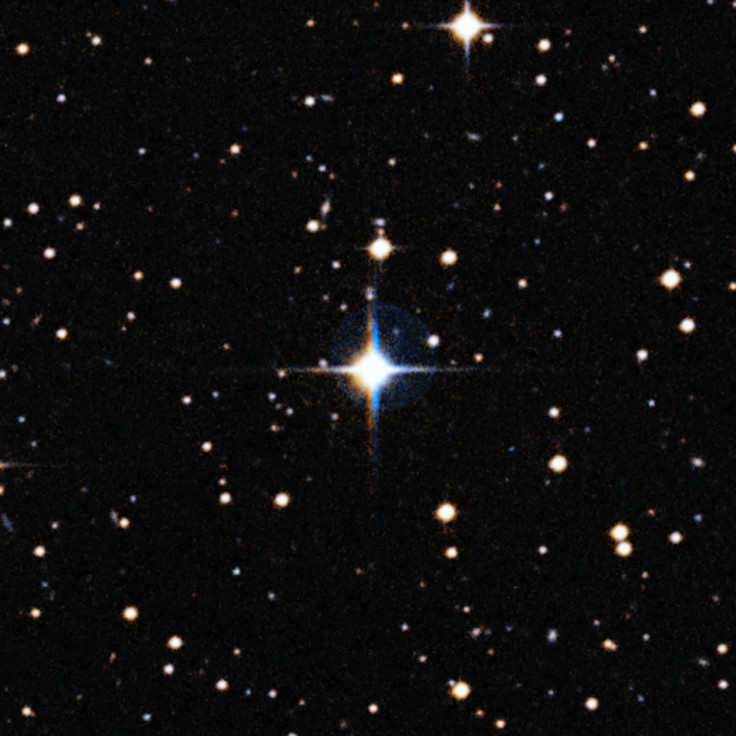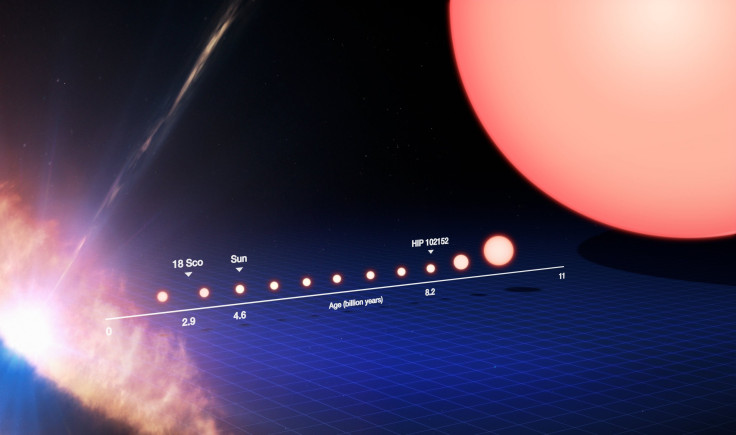Oldest Twin Of The Sun Discovered, HIP 102152 Could Be Host To An Earth-Like Planet
Astronomers have discovered the oldest solar "twin," a star identical to the sun. This star, 4 billion years older but nearly identical to our sun, lets astronomers look into the star's aging process.

The Brazilian astronomers used the European Southern Observatory's Very Large Telescope (VLT) to discover the solar twin, approximately 250 light-years from Earth. HIP 102152, located in the constellation Capricornus, helped astronomers solve one mystery about the star at the center of our solar system. Their research was published in the Astrophysical Journal Letters.
A solar twin, according to ESO, has a similar temperature, mass and chemical composition to our sun. These twins can serve as a snapshot of a particular time in the star's history, giving astronomers new insights to how a sun-like star ages. HIP 102152 is approximately 8.2 billion years old, whereas our sun is 4.6 billion years old.
The sun has low levels of lithium, approximately 1 percent of what was originally present when the star was first formed, and HP 102152 has even lower levels of lithium. According to ESO, lithium is one of three elements, including hydrogen and helium, that was created during the Big Bang.

Based on the observations, the astronomers were able to make an association between a sun-like star's age and its lithium levels. Lead author TalaWanda Monroe, from the Universidade de São Paulo, said in a statement, “We have found that HIP 102152 has very low levels of lithium. This demonstrates clearly for the first time that older solar twins do indeed have less lithium than our own sun or younger solar twins. We can now be certain that stars somehow destroy their lithium as they age, and that the sun's lithium content appears to be normal for its age.”
HIP 102152 may prove to be even more similar to the sun than other solar twins. According to the astronomers, the solar twin has a similar elemental deficiency as the sun. HIP 102152 has lower levels of elements found in asteroids or other rocky bodies, such as the Earth, and further observations concluded the star did not have any giant planets within its habitable zone, also known as the “Goldilocks Zone.” The star could be host to an Earth-like planet and future observations can focus on discovering the planets that surround HIP 102152.
In addition to an older solar twin, astronomers also observed a younger solar twin, 18 Scorpii. The team used the VLT's UVES spectrograph to examine the light spectrum of the solar twins, revealing the chemical composition of the stars. A video of HIP 102152, courtesy of ESO, can be viewed below.
© Copyright IBTimes 2024. All rights reserved.












